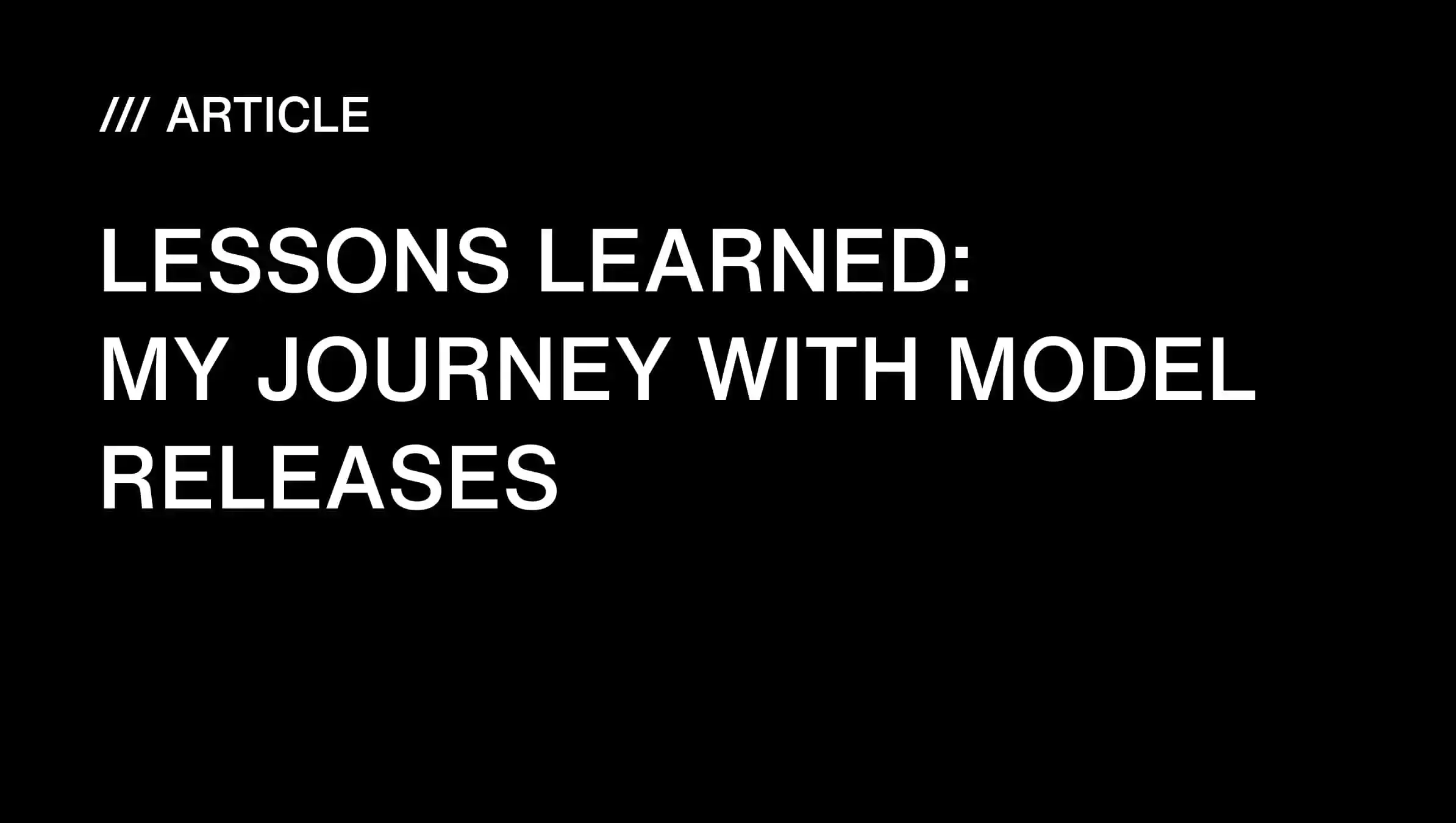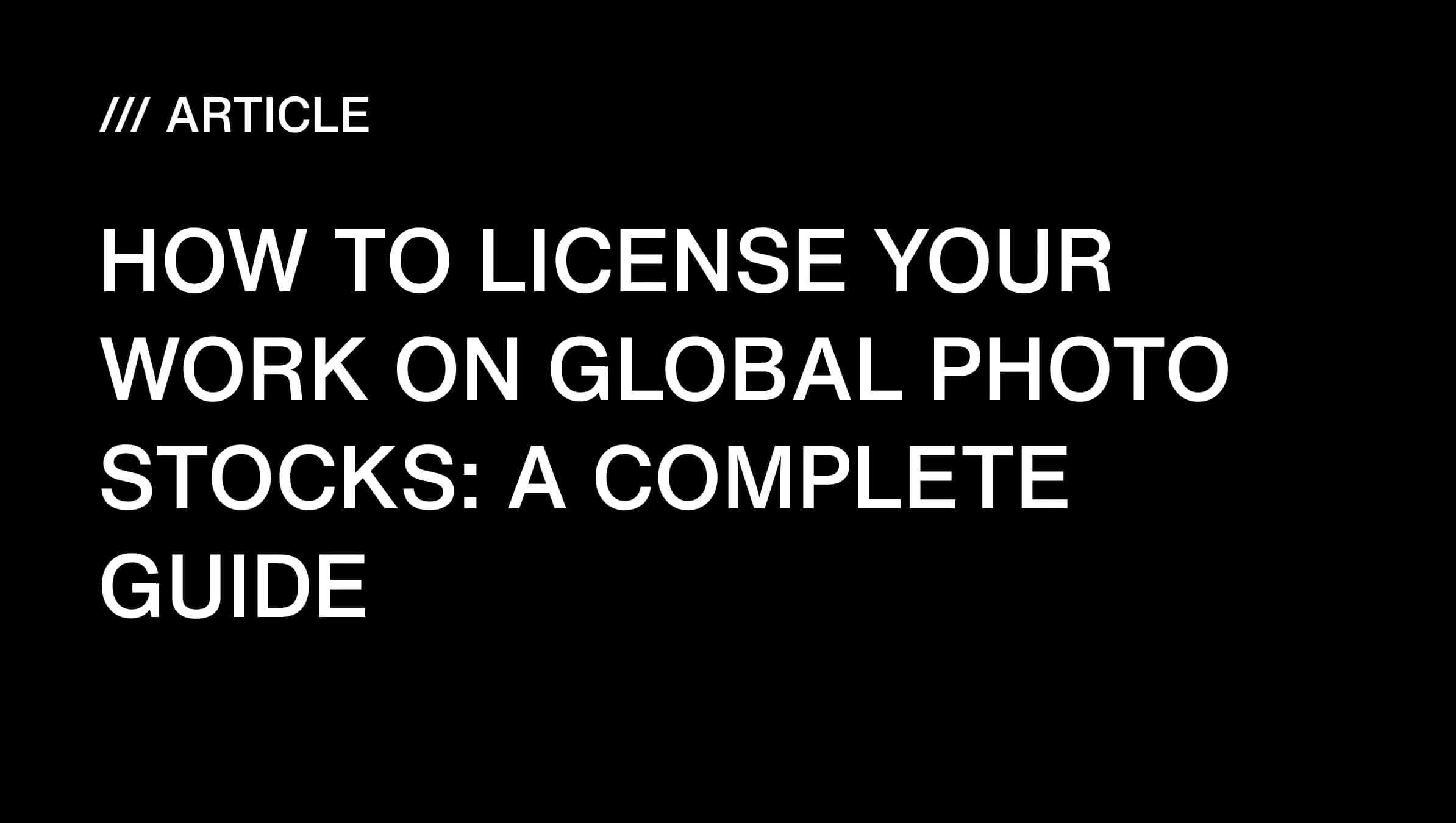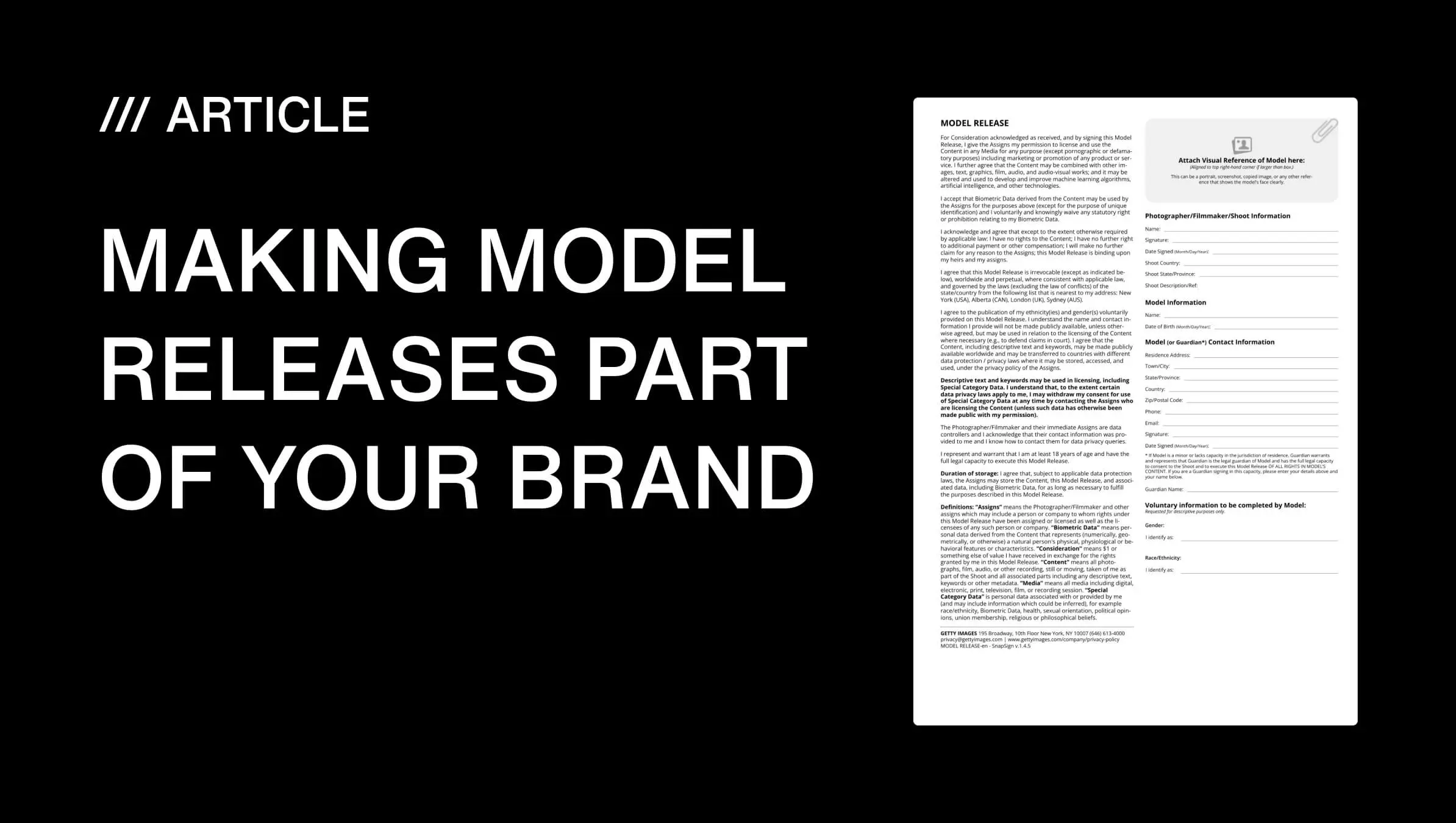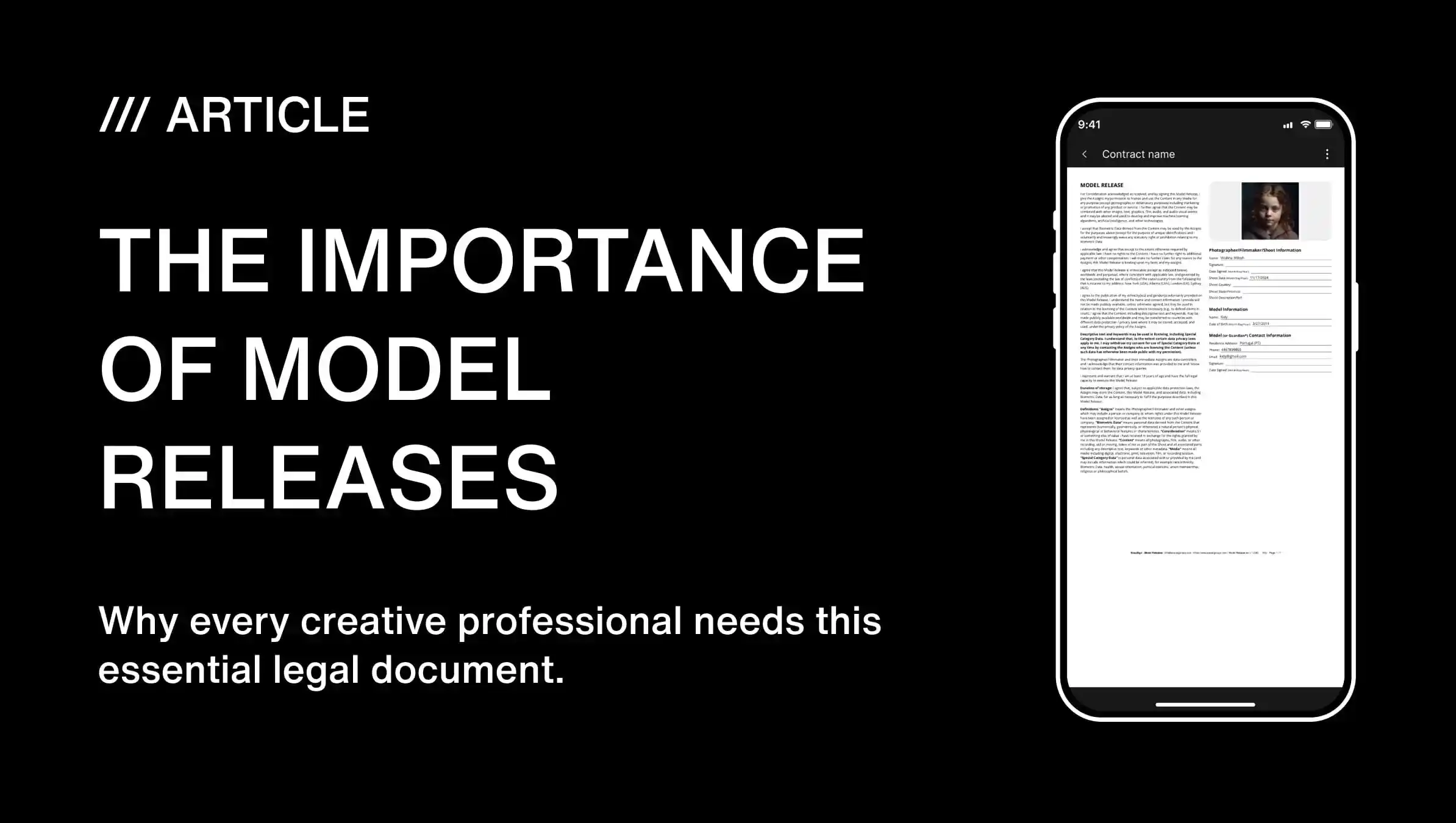Before You Yell "Speed!" - Let’s Talk Model Releases
Alright - before someone calls out “Speed!” and the cameras roll - let’s have a quick but crucial chat. It might not be glamorous, but model releases? Absolute must. They’re your backup plan when things get messy. Miss one, and suddenly it’s 3 a.m., you’re stuck blurring out faces frame-by-frame, or worse, fielding a lawsuit with your morning espresso in hand.
So… What the Heck Is a Model Release Anyway?
Picture this. You’re shooting a quick scene in a street market. Someone walks into frame, waves, maybe even chats with your actor. Boom - you’ve just captured their likeness. Now, unless they’ve given you a written nod, that footage? It’s a legal landmine. A model release is that nod - a formal thumbs-up to let you use their
- • face,
- • voice,
- • and vibe
across the stuff you’re putting out there, from your YouTube short to that Cannes submission.
Why This Stuff Actually Matters
No Release? No Peace
Ever had a friend freak out because their blurry cameo made it into your trailer?
Without a signed release, they can throw a wrench in your distribution plans. It’s not paranoia. It’s protocol.
Respect the Humans
You’re not just capturing pixels - you’re dealing with people. A release shows you value consent and aren’t just some camera cowboy hoping for the best.
When Do You Really Need One?
If There’s Money Involved, Don’t Wing It
Even if it’s just a spec ad or a zero-budget short you’re uploading to Insta - if there’s any chance it’ll be monetized or used to pitch your next gig, you need a release. Trust me, been there.
Location Drama
Filming in public? Wide shots are usually chill, but if someone’s mug is up close and talking? That’s a wrap without a signature. Private spaces? Double-check permissions and releases - always.
Who Signs These Things?
Grown-ups vs. Kids
Over 18? They sign their own. Underage? No go unless a parent or guardian gives the okay.
It’s not just good practice - it’s the law.
Crowds, Extras, That One Person Who Keeps Waving
For wide shots, you might be good, but if someone gets screen time or dialogue, whip out that form. Some crews even post signs around set. Cover yourself.
What’s in a Model Release?
Here’s what your release should cover:
- • Names and Roles:
Who’s giving permission and who’s receiving it?
- • Usage:
Be clear - ads, festivals, digital, international? Write it all.
- • Compensation:
Freebie? Paid? Credit-only? List it.
- • Signatures and Dates:
No scribbles. No missing dates. No excuses.
Writing One: Template or Lawyer?
Use a Template - Just Don’t Copy-Paste Blindly
Plenty of sites offer free forms. Great for quick shoots. But if your footage might end up in a paid spot or you’re covering sensitive stuff, tweak the language or get pro help.
Got a Budget? Get a Pro
If you’re shooting abroad or dealing with kids or legal gray zones, talk to an entertainment lawyer. Seriously.
One consult today can save months of cleanup.
Paper vs. Digital
Old-School Forms
Handy in a pinch. Print a stack and stash ‘em in your gear bag. Downside? Storage, coffee spills, and your dog eating them.
Digital FTW
Honestly, SnapSign’s been a total game-changer. Need a release signed mid-shoot in the middle of nowhere? No signal? SnapSign handles things fast. You don’t need to worry about flaky connections - just fire it up, get the signature, and the second your device has service, everything gets uploaded securely to the cloud. No folders, no panic, no all-nighters spent converting paper into PDFs.
Going Global? Heads Up
Filming in Spain, Germany, or anywhere across Europe? Laws vary. Ever heard of GDPR? Europe’s serious about privacy. Know the local rules or check in with someone who does.
Rookie Mistakes You Can Dodge
- • Verbal OKs Don’t Count: No signature = no permission.
- • No Guardian Release: Kids need legal adult approval. Period.
Organizing Like a Pro
Sort by project. Label clearly. Scan and back up everything. Google Drive, Notion, Airtable - use what works for you.
SnapSign in Action
SnapSign isn’t just another release form tool - it’s built with us filmmakers in mind. You can set up your own custom templates, send out releases right from your phone, and collect signatures instantly - even with weak signal. During a packed day filming on a Berlin rooftop, we barely had time to breathe. SnapSign kept things moving smoothly without us having to break flow. We knocked out every release on set and had them synced before wrap. Clean. Efficient. Zero paperwork chaos.
War Stories from the Field
Indie Shoots on a Shoestring
Once shot a doc in rural Portugal with zero legal prep. Had to blur five faces in post. Never again. Now I keep a digital form on my phone, always.
Big Studios, Bigger Legal Nets
Worked on a major set where even background extras had signed releases. I remember the 2nd AD joking, 'Even the pigeons flying through the shot probably signed NDAs.' At the time, having everyone sign - including the background extras - seemed like a bit much. But when it came time to clear the final edit, having those releases already sorted meant we didn’t have to chase people down or drop any shots. Total lifesaver.
Final Thoughts
Releases aren’t optional - they’re your protection, your respect signal, your legal wrap. Make it a habit. Keep copies stashed in your gear bag, your phone, your cloud - heck, tattoo it on your forehead if you have to. Then roll camera like a boss, knowing you’ve covered your tail.





